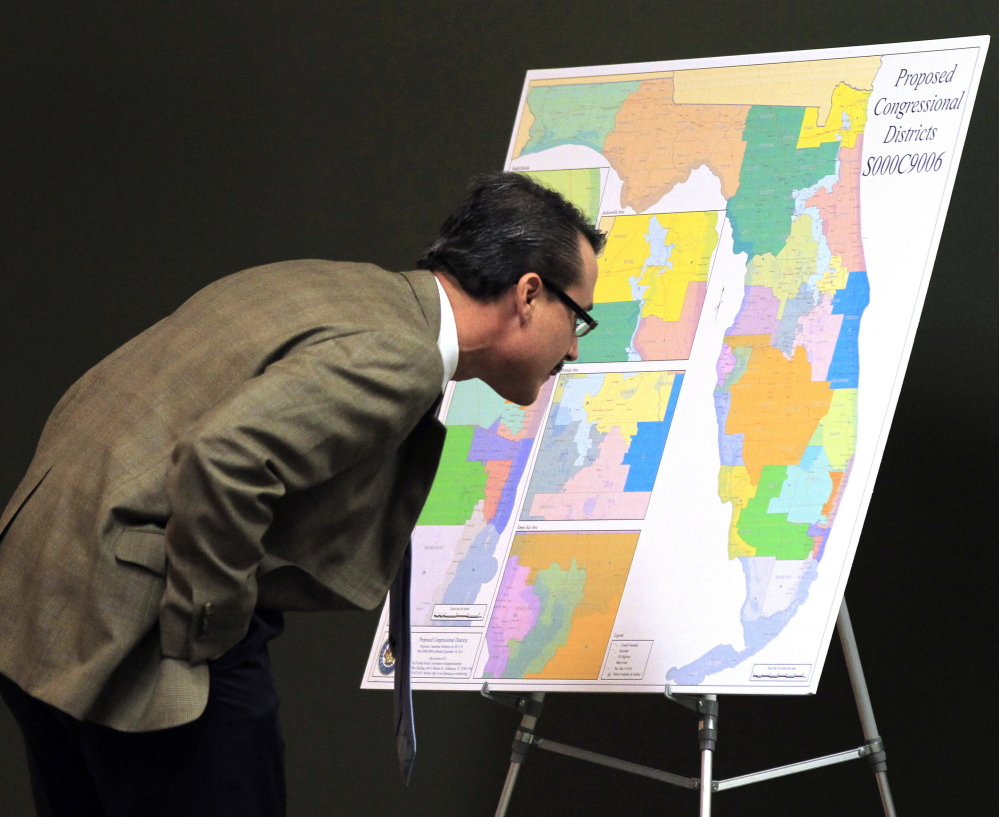WASHINGTON — For 50 years the “one person, one vote” principle has been used to try to equally distribute political power by counting all people in states and cities, and then putting them into election districts of roughly the same size.
But the mathematics of power may be about to change in a way that could shift political clout away from the fast-growing Latino communities in states such as California, Texas and Florida, and move it to suburban and rural communities.
The Supreme Court said Tuesday it will hear a Texas case to decide whether voting districts should continue to be drawn by using Census data on total population, including immigrants here both legally and illegally, or by counting only citizens who are eligible to vote, as conservative challengers are now seeking.
Election law analysts were surprised by the court’s move. Despite decades of decisions on voting rights, the justices have steered clear of clarifying whether election districts should have an equal number of residents or an equal number of eligible voters.
But the justices announced Tuesday they would decide whether states “deny voters an equal right” when they count all the residents, including immigrants, in drawing their election districts.
The court said it will hear the case in the fall and rule early next year.
The case was brought to the high court by Edward Blum, a conservative activist who two years ago won the Supreme Court ruling that struck down part of the Voting Rights Act. Blum also launched a constitutional challenge to the affirmative-action policy at the University of Texas that is still pending.
“My interest is in restoring the original principles of the civil rights movement of the 1960s,” Blum said Tuesday. “Your race and ethnicity should be not be used to help or harm your position in life.”
He has tried for more than 15 years to persuade the high court to clarify the “one person, one vote” rule. “I’m hopeful and confident we will prevail,” he said.
Blum sued on behalf of Sue Evenwel, a county chairwoman for the Texas Republican Party. She lives in mostly rural Titus County in east Texas.
Her state Senate district had 533,010 citizens of voting age in 2011. However, another Senate district had 372,000 citizens of voting age.
The appeal in Evenwel vs. Abbott argues that her right to an equal vote is being denied because Texas officials relied on the census data to balance the districts. Requiring states to switch to counting only citizens will “ensure that voters are afforded the basic right to an equal vote,” her lawyers said.
In the 1960s, the high court adopted the “one person, one vote” rule to require that election districts be roughly equal in population. Prior to that time, many states gave each county a representative in the state Senate, thereby giving thinly populated rural areas the same clout as major cities.
Send questions/comments to the editors.


